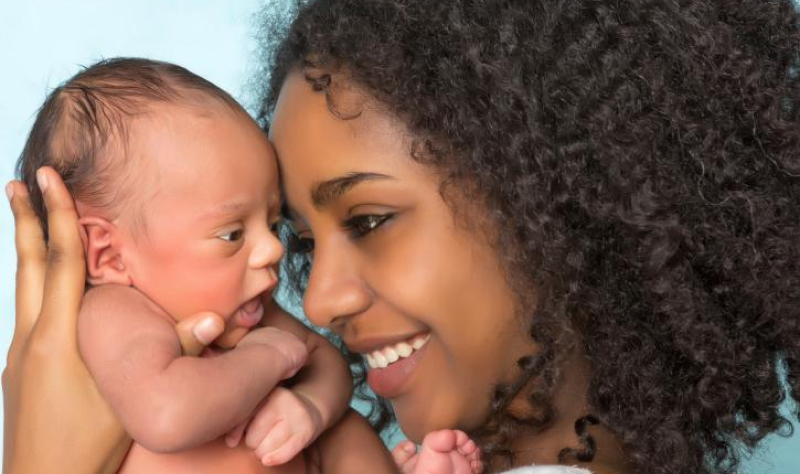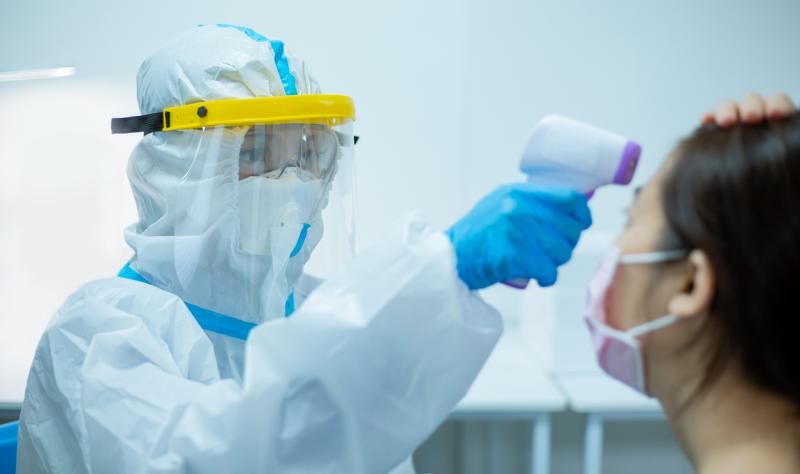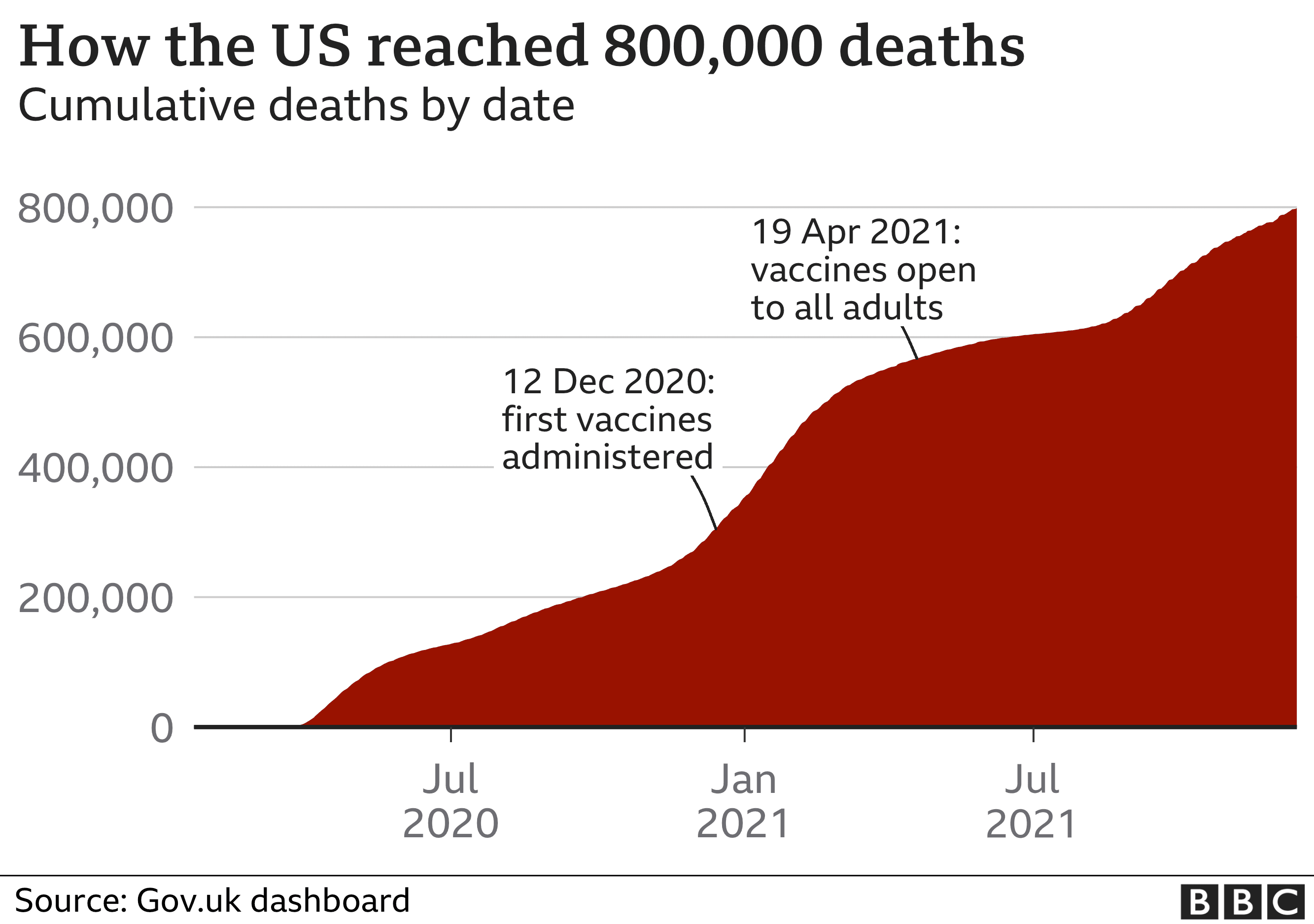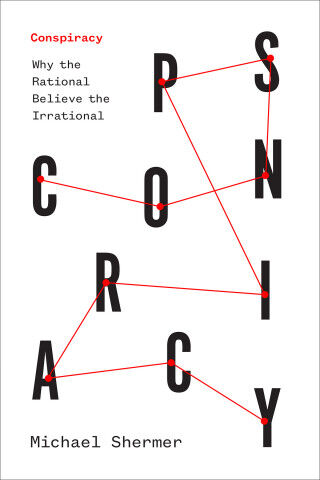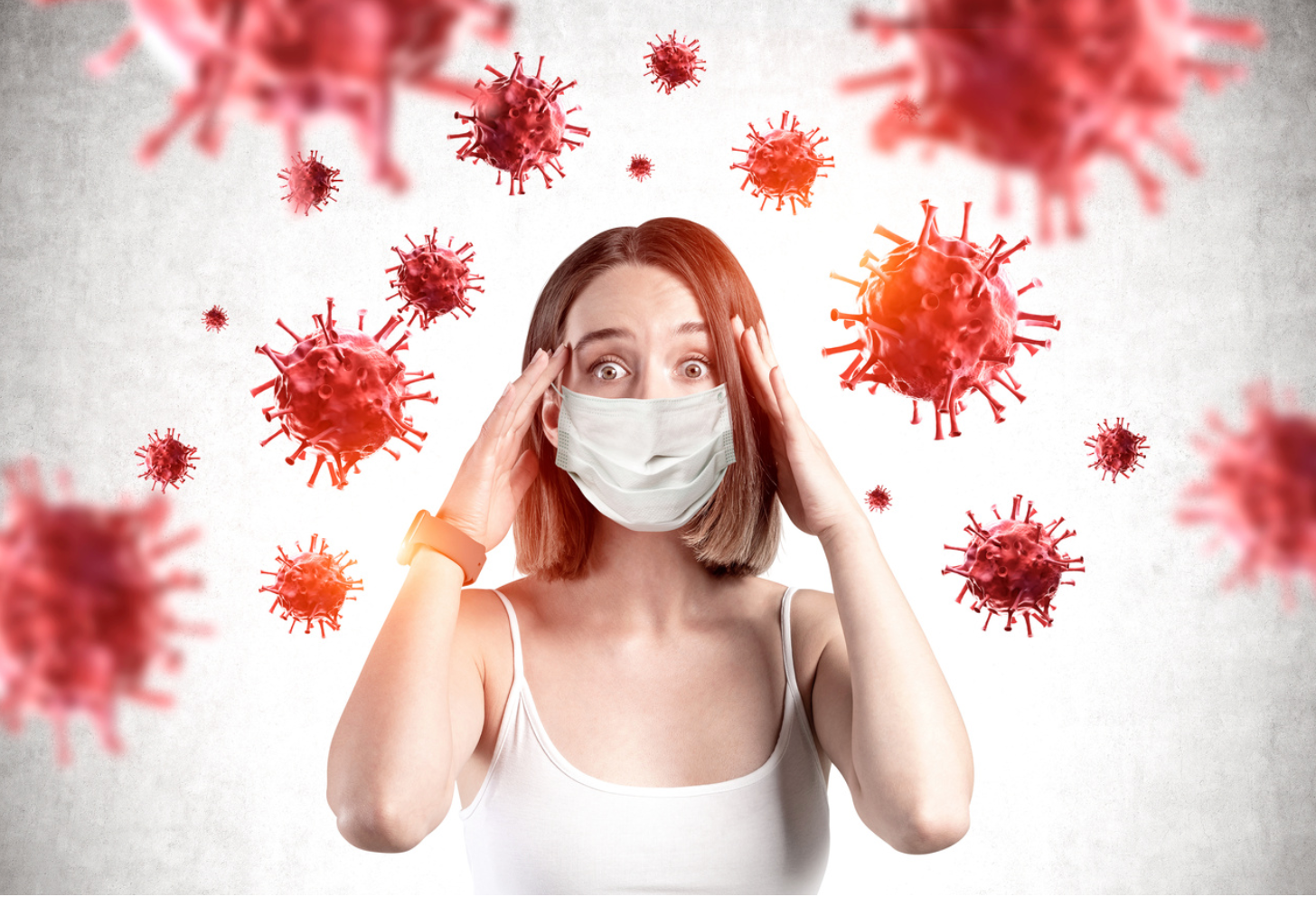COVID in California: Emerging variants are the most evasive yet, study finds


UCSF’s Wachter weighs indoor dining risks while traveling
Dr. Bob Wachter, chair of UCSF’s Department of Medicine, has become known on Twitter for using his comfort level for eating indoors as an indicator of COVID-19 pandemic trends. In September, he declared that he was ready to ditch his mask and dine inside again in his hometown of San Francisco, using the threshold of daily COVID cases falling below 5 for every 100,000 residents in the region. But on Tuesday, Wachter clarified it’s not a one-size-fits-all approach. When he travels to New York City on Friday, he said he would avoid indoor crowded settings there because the daily case rate is 29 per 100,000. “The same encounter there is 4x riskier Covid-wise than here,” Wachter tweeted.
Asked by one of his followers if he trusted the New York Times data he cited since so few people report their test results to public health agencies, Wachter said, “Bottom line is that the raw reported case numbers are significant underestimates (by 5-10-fold) but the trends can be trusted since they correlate quite well with other numbers that are not subject to reporting bias.” Another follower asked him about his seemingly shifting threshold, since the data show San Franciso reporting 7 cases per 100,000. “No bright line,” Wachter said. “If it’s <5, I wouldn’t hesitate to eat indoors. At 5-10 (ie, SF now), I’ll do it if it’s best/only option, but prefer outdoors. Over ~10-15, risk is higher than I’d like, since that # correlates w/ >2% chance that any asymptomatic person has Covid & is infectious.”
Bivalent COVID vaccine may not be more protective than other boosters. Experts still recommend it
Hopes were high in early fall that the new double-barreled COVID-19 booster shot would be a holiday gift like no other, and protect everyone this year. But very few people have gotten the new shot. And some of those who have are still getting breakthrough infections, bolstering the findings of two small, preliminary studies that suggest the new shot is no magic shield after all and may give no greater protection than the previous booster shot. Read more here about the bivalent booster studies and reaction from experts.
Shanghai Disney guests barred from leaving as park closes for testing
Guests at Disneyland in Shanghai were briefly blocked from leaving the park Monday, the Associated Press reported, so government officials could test around 400,000 people for coronavirus infections. Guests were later allowed to leave and no details of a potential outbreak were immediately released. The closure of the park and the mandatory testing is in keeping with China’s enduring and strict “Zero COVID” strategy, which seeks to aggressively test and lock down locations where outbreaks occur.
Emerging variants are the most evasive yet, study finds
The continuous evolution of the omicron coronavirus variant has led to the “rapid and simultaneous” emergence of numerous variants that display growth advantages over the currently dominant BA.5 strain, according to a pre-print paper by Chinese researchers published Sunday in bioRxiv. The team found that despite evolving separately, the newer generation of omicron offshoots share convergent mutations that make it easier for them to evade neutralizing antibody drugs (NAb) and convalescent plasma, including those from BA.5 breakthrough infection. BQ.1.1.10, BA.4.6.3, XBB, and CH.1.1 are “the most antibody-evasive strain tested, even exceeding SARS-CoV-1 level,” the researchers wrote. They added that the current level of community immunity achieved by widespread infections and the new bivalent vaccine boosters are unlikely to provide sufficient protection against infection, calling for the prioritization of broad-spectrum coronavirus vaccines and NAb drugs.
Quarantine traps visitors inside Shanghai Disney Resort
China’s “Zero COVID” strategy led to an abrupt lockdown at the Shanghai Disney Resort on Monday that sent hundreds of visitors unsuccessfully scrambling for the exit gates, Reuters reports. At 11:39 a.m. local time, all the people at the main theme park and surrounding shopping areas were told that they were required to remain inside until they provided a negative test result. Several social media posts showed that the rides continued to operate while the guests were subjected to mandatory testing. Those who tested negative were allowed to leave the resort, but are required to isolate and test for three additional days, per China’s strict COVID policy. If they test positive during that time, they will be required to enter a quarantine facility. There were a total of 10 confirmed cases reported in Shanghai on Oct. 30, all in people who were asymptomatic.
CDC director Walensky has a rebound infection
Rochelle P. Walensky, director of the U.S. Centers for Disease Control and Prevention, has experienced a rebound infection after testing negative for the coronavirus following her initial infection last week. She had recently completed a course of the antiviral Paxlovid. The agency said in an update on Monday that Walensky “experienced mild symptoms from her recent COVID-19 infection, completed a course of Paxlovid, and, after a period of isolation, tested negative for the virus. On Sunday, Dr. Walensky began to develop mild symptoms and has again tested positive. Consistent with CDC guidelines, she is isolating at home and will participate in her planned meetings virtually.”
Another variant to watch? BA.5.2.6 arrives in the U.S.
Less than a month since the Centers for Disease Control and Protection started tracking BQ.1 and BQ.1.1, the highly contagious omicron subvariants make up nearly a third of the total coronavirus variants circulating in the United States, according to data published Friday. But federal health officials also added another subvariant to the mix, BA.5.2.6, which made up 2.8% of the cases last week. The immune-evasive strain is the “top emerging lineage” in Europe, according to data from GISAID. In two weeks, it has gone from appearing in 4% of sequenced cases in Ireland to 28%. BA.5.2.6 is also growing in proportion in Ukraine, France, and the United Kingdom. Parts of the U.S. are reporting nearly double the national average of the new subvariant, including Connecticut, Maine, Massachusetts, New Hampshire, Rhode Island and Vermont, where BA.5.2.6 accounted for more than 5.5% of the sampled cases last week.
Even people who don’t take Paxlovid can see symptoms return, study shows
Many reports have documented people experiencing rebound COVID-19 infections after completing a course of the antiviral Paxlovid — including high-profile patients such as President Biden and Anthony Fauci — but new research shows that even people who do not take the medication can experience a return of symptoms after two days of testing negative. In a study published in JAMA Network Open, researchers at the University of California San Diego School of Medicine tracked 13 defined COVID-19 symptoms for 29 days in 158 untreated study participants. They found that more than one-third of the participants who reported complete resolution of symptoms for at least two consecutive days reported a return of symptoms.“It is clear that COVID-19 has waxing and waning of symptoms, whether they are treated or not,” said the study’s lead author Davey M. Smith, an infectious disease specialist at UCSD Health who earlier this year led a study that suggested Paxlovid rebound was likely due to insufficient drug exposure. The team’s latest research aims to shed more light on the frequency of reinfections. “COVID rebound is a real phenomenon. It is complex, involving multiple factors, and its biological underpinnings remain unclear. More research is required,” said Smith.


